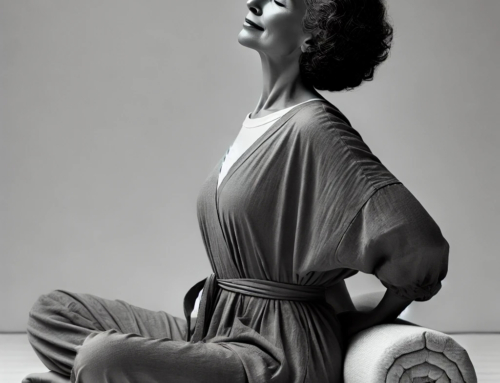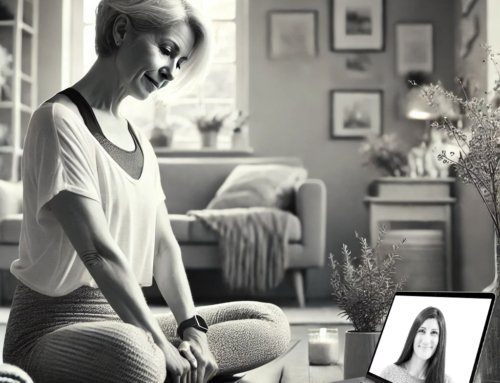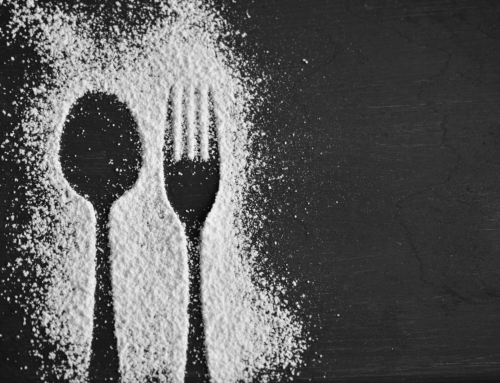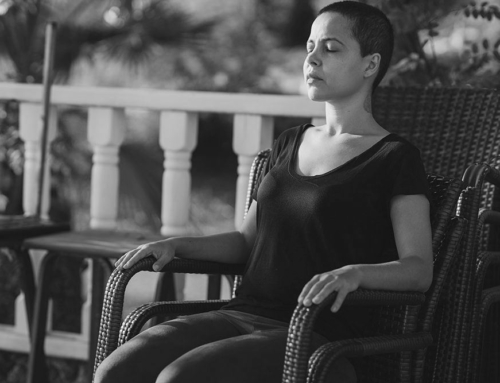Emotions naturally ebb and flow
When we stop that ebb and flow, we get trapped in cycles of pain, physically manifesting in the body or as intense unresolved emotion, constantly coming up but never moving out. This physical pain could take someone to a whole host of doctors and experts, none of whom will have an explanation, and they may not even believe that the pain is real.
Emotional intensity could interfere with our jobs, relationships, level of happiness or well-being.
What I’ve seen time and again both in my personal yoga practice and with my one-on-one yoga clients, is that the explanation for the manifestation of chronic pain is most likely an unresolved emotional issue.
It could also be an injury that doctors say should be healed and shouldn’t be causing pain, but still is, because of the nature of how that injury was acquired. More often than not, there is a distinct connection between emotions and injuries, especially in a person that has a history of unresolved issues. A fall from being pushed in a malicious way will manifest in the body differently than a fall from an accidental trip on a very peaceful, carefree day.
Through neuroscience, we learn that our reality is interpreted by our senses. Data from our surrounding environment is processed to formulate our current experience. The left side of the brain sorts and organizes this information, drawing on past stored information, weaved together to create the perception of our current reality. The brain learns from the past and attempts to predict what will happen next. When the past events we draw from are traumatic or painful, those come to the surface and shape the view of our current experience, sometimes creating emotional or a physical pain that is not really present in that moment.
As we are energetic beings constantly processing energetic data, formulating and processing our experience, we ultimately store the data of our current reality in our cells, carrying a lifetime of experiences with us at all times.
Trauma’s many forms
Past trauma plays a huge role in shaping our present moment experience, especially when it comes from emotional issues manifesting as physical pain. Trauma doesn’t need to be a horrific experience or terrifying series of events to create a lasting effect on us and shape who we are, even changing our personality structure. On the contrary, throughout our lives, we are exposed to many different, subtler types of trauma, such as witnessing an accident, seeing a loved one injured or suffering an injury ourselves. Even negative reinforcement, bullying, emotional or verbal abuse can be considered trauma.
If the trauma isn’t released at the time of the experience or shortly after its occurrence, it stays trapped in the nervous system. To avoid reliving trauma and to properly release it, we must look to movement.
Connecting to the physical body through movement quiets the processing and organizing left side of brain. This quiet allows right side of brain to awaken, which is responsible for consciousness and present-moment awareness. Through conscious movement and breath, we journey into the physical body, thereby unlocking the emotional body. More importantly, we have the ability to release intense emotions and past traumas from the nervous system, no matter how subtle or complex they may be.
Individuals tend to hold certain areas of their body, especially when they are in pain or protecting a past injury. I can generally tell from this holding where areas of pain and tightening are. Where the person is holding is something that tells me more about what kind of trauma or intense emotions they’re hanging on to, how it has shaped their personality, and how it limits them physically and emotionally on a day-to-day basis. This holding almost always correlates to an imbalanced energy center—also known as chakra—in the body.
An example: emotional trauma manifesting as physical pain
Several years after a knee surgery that was considered a success and with no previous issues with hip pain, a client came to me experiencing increasing, unexplainable pain in both areas. I observed that as her father’s health recently started to fail and she was forced to spend more time with a family that she had separated herself from, emotional pain manifested in her knee and hip. Her father’s failing health caused her to relive the neediness, neglect and emotional dysfunction of her family, thereby igniting unresolved emotions from childhood.
Clearing the root chakra
When we have deficiencies and excesses in the root chakra energy center, it manifests as pain in the lower extremities. The root chakra is responsible for our body image, our sense of grounding, trust, health, and our home, family and prosperity. A balanced root chakra results in health, vitality, ability to establish appropriate boundaries, and feelings of safety, security, relaxation, stillness, and stability. When our emotional issues are cleared out of this energy center, we feel grounded and comfortable in the body, and feel the right to be alive. My client, suffering from a deficient root chakra, experienced a disconnection from her body. She was fearful, anxious, and restless, struggling to make ends meet and had difficulty establishing healthy boundaries in relationships.
She protected her knee when she walked with a subtle limp and rounded her shoulders, closing in on herself, closing off her heart. A clear deficiency in her root chakra, we worked on reconnecting with her body, especially her lower extremities. We also worked on opening up her chest and shoulders, counteracting her hunched posture.
Opening up the front body, strengthening legs, grounding, connection to earth and literally “standing on her own two feet,” we rebuilt stability that had been lost long ago. The releasing of fear provided insights about the intense unresolved emotions that were coming up as a result of the time spent with family and her father’s failing health. She was able to witness them and release them in a safe and gradual way, working them out of her cells.
Her survival was no longer threatened; anxiety and restlessness started to slowly dissipate. As the emotional issues were identified and released, the deficiency in the chakra came into balance. Stress declined, self-esteem returned, digestion, immune function and posture improved, she was able to set appropriate boundaries and pain in the knee and hip dramatically lessened. Releasing emotion and movement through her continual yoga practice gave her strength, pain relief and healing.
Please keep in mind, this process was very gradual – one subtle opening after another. It’s something that is best practiced compassionately, not forcefully, and in a supportive environment.
Emotions, experiences, images, thoughts, and memories come up for us because they are ready to move out. Movement of the body is a viable and effective way to let them pass. Holding space and remaining present, we are able to use movement and the breath to gently soften and compassionately let go. Forms of release vary but can include subtle shaking, the chills, a softening of a tight muscle, crying or even laughter.
It’s our willingness to practice and explore in the here and now that can ultimately free us from our past and in some cases, our pain.





